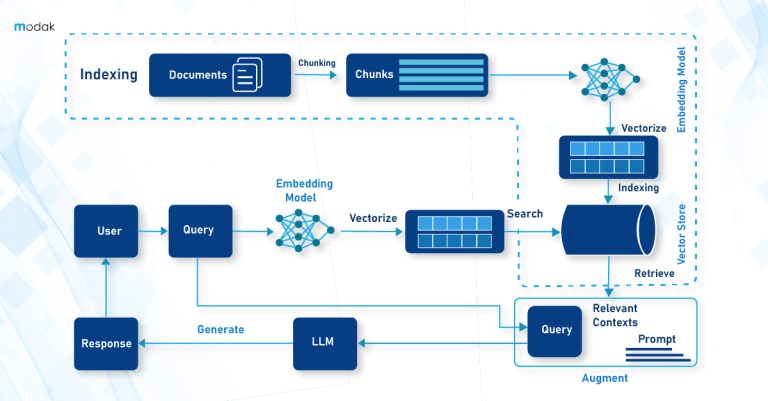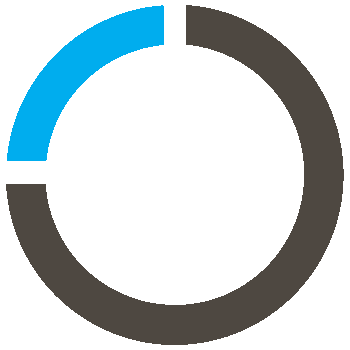In the search for better retrieval-augmented generation (RAG) systems, vectors have often been the go-to solution. They’ve served us well, enabling similarity searches and embedding spaces that have brought RAG to where it is today. But is it time to broaden our approach? Could graphs, with their ability to capture complex relationships, offer a complementary or even alternative path that moves beyond the limitations of vectors?
While vectors are excellent at representing data points in continuous spaces, they can fall short when it comes to representing the rich, non-linear relationships between those points. This is where graphs shine. Graphs aren’t constrained by linearity; they excel at modeling complex, multi-dimensional relationships that are inherently present in most data sets.
For example, consider a knowledge base where relationships between entities are as important as the entities themselves. Vectors might capture the proximity of entities based on surface-level similarities, but they often miss the deeper, more nuanced connections that graphs can naturally encode. By leveraging graphs, we can navigate and retrieve information based on these rich, multi-dimensional relationships, resulting in a more robust and context-aware RAG system.
From a technical standpoint, incorporating graphs into RAG systems involves a big shift. Rather than relying solely on vector-based nearest neighbour searches, RAG can utilize graph traversal algorithms to explore relationships between entities. This integration can be done in several ways:
- Hybrid models: Combining vector and graph approaches allows for the strengths of both to be leveraged. Vectors can handle the initial broad-strokes retrieval, while graphs can refine the results based on deeper connections.
- Graph enhanced embeddings: Instead of traditional embeddings, use graph-based embeddings that encode relationships within a graph structure, enhancing the contextual understanding during the retrieval process.
- Query specific graph construction: For specific queries, dynamic graphs can be constructed on-the-fly, capturing the most relevant nodes and edges to provide a contextually rich response.
Each of these methods offers a pathway to building more sophisticated and accurate RAG systems, allowing for better handling of complex queries where context and relationship matter as much as content.

For business leaders, the integration of graph based methods into RAG isn’t just a technical upgrade, it’s a strategic advantage. Graphs can transform how organizations leverage their data, enabling them to extract more nuanced insights and make more informed decisions.
Consider industries like finance, healthcare, or logistics, where understanding the intricate relationships between entities, whether they be customers, diseases, or supply chain components, is crucial. A graph enhanced RAG system can provide deeper, more actionable insights, allowing businesses to anticipate trends, identify risks, and uncover opportunities that a purely vector-based approach might miss.
Moreover, this shift isn’t about replacing existing systems but enhancing them. Graphs offer a complementary approach that can be gradually integrated into current workflows, providing immediate benefits without the need for a complete overhaul. This incremental adoption allows organizations to use the power of graphs without disrupting their operations, making it a low-risk, high-reward strategy.
Of course, integrating graphs into RAG systems isn’t without its challenges. The transition requires careful planning, particularly in terms of:
- Data compatibility: Not all data is naturally suited for graph structures. Identifying which parts of your data landscape can benefit from graph modeling is a critical first step.
- Performance trade-offs: Graph operations, particularly on large-scale data, can be computationally intensive. Balancing the performance trade-offs with the benefits of deeper context is essential.
- Skill set requirements: Graph theory and its application in RAG systems may require specialized knowledge. Ensuring your team has the necessary skills or partnering with experts can help mitigate this challenge.
Addressing these challenges requires a thoughtful approach, but the potential rewards, a more robust, context-aware RAG system, make it a worthwhile endeavour.
The future of RAG systems lies not in the exclusive use of vectors but in embracing the complementary power of graphs. By recognizing the strengths of both approaches and integrating them in a way that plays to their respective advantages, we can build retrieval systems that are not only more accurate but also more insightful.


